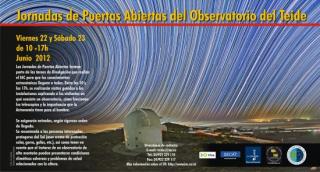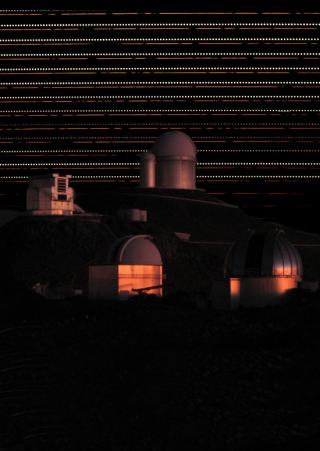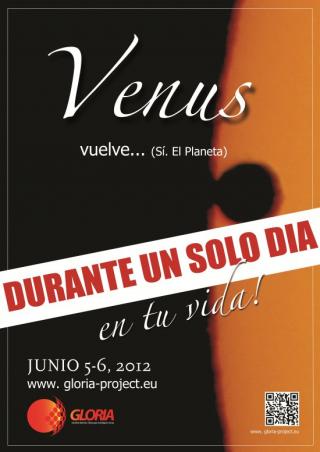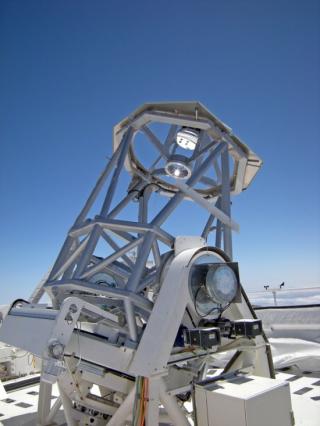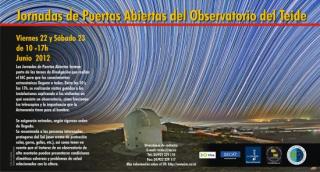
Los próximos 22 y 23 de junio, el Instituto de Astrofísica de Canarias (IAC) realizará las Jornadas de Puertas Abiertas del Observatorio del Teide, en Tenerife. Durante dos días, de 10 a 17 horas, se podrá acceder en grupo a los telescopios, realizar observaciones en directo y conocer conceptos astronómicos fundamentales Los próximos 22 y 23 de junio (viernes y sábado) se podrá acceder a los telescopios desde los que se observan las estrellas en Tenerife. El Instituto de Astrofísica de Canarias (IAC) organiza estas Jornadas de Puertas Abiertas del Observatorio del Teide (en Izaña
Advertised on
